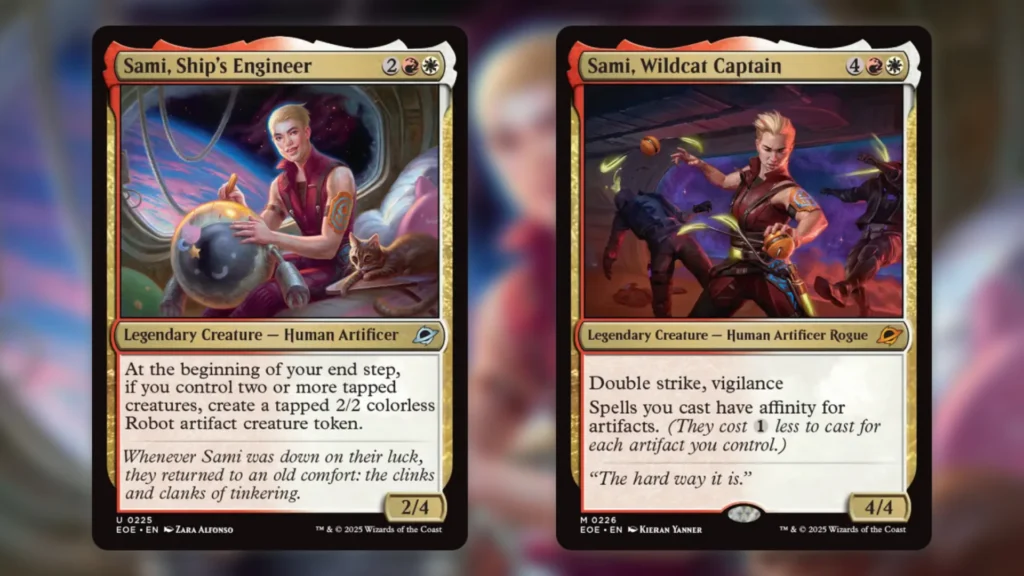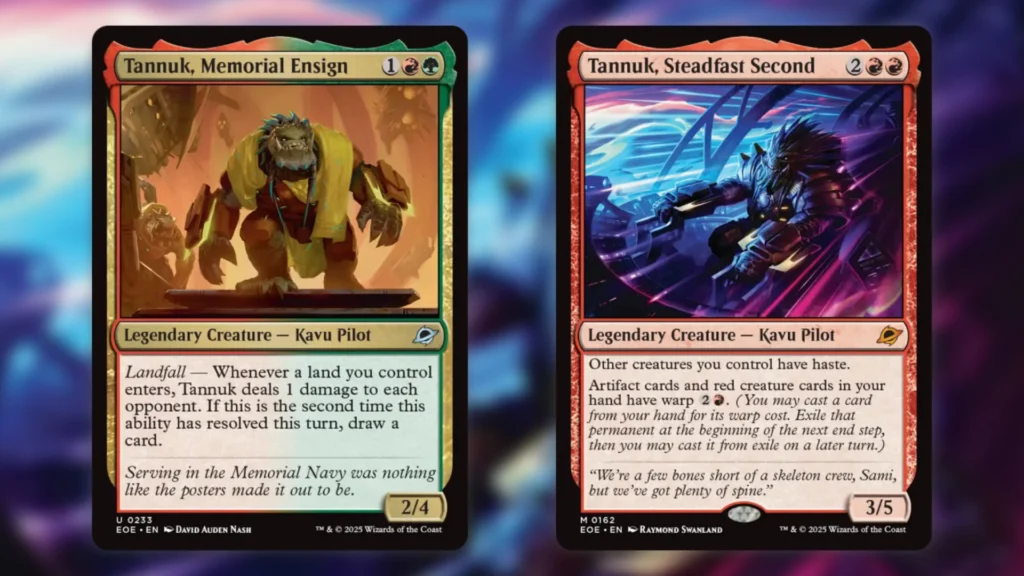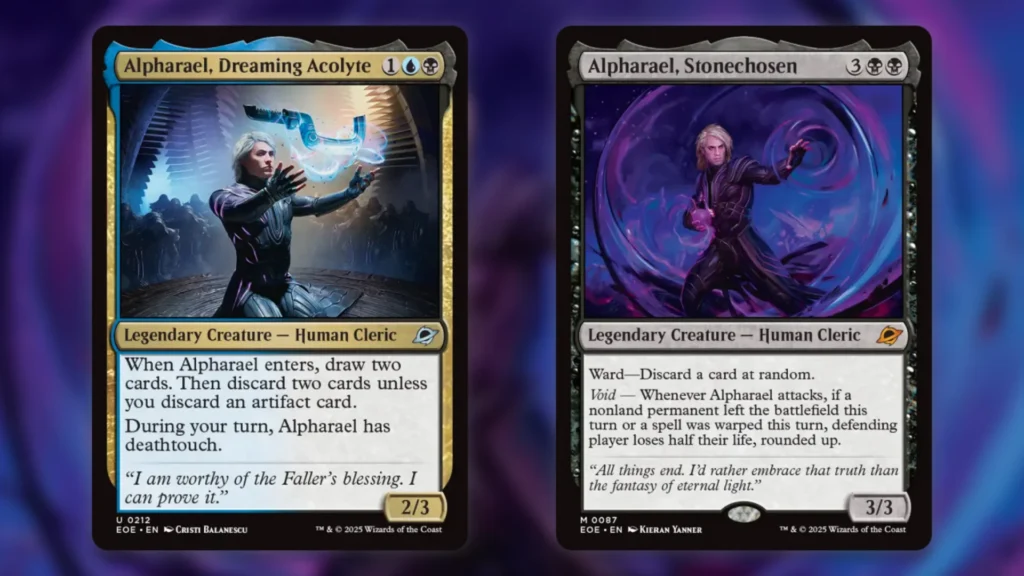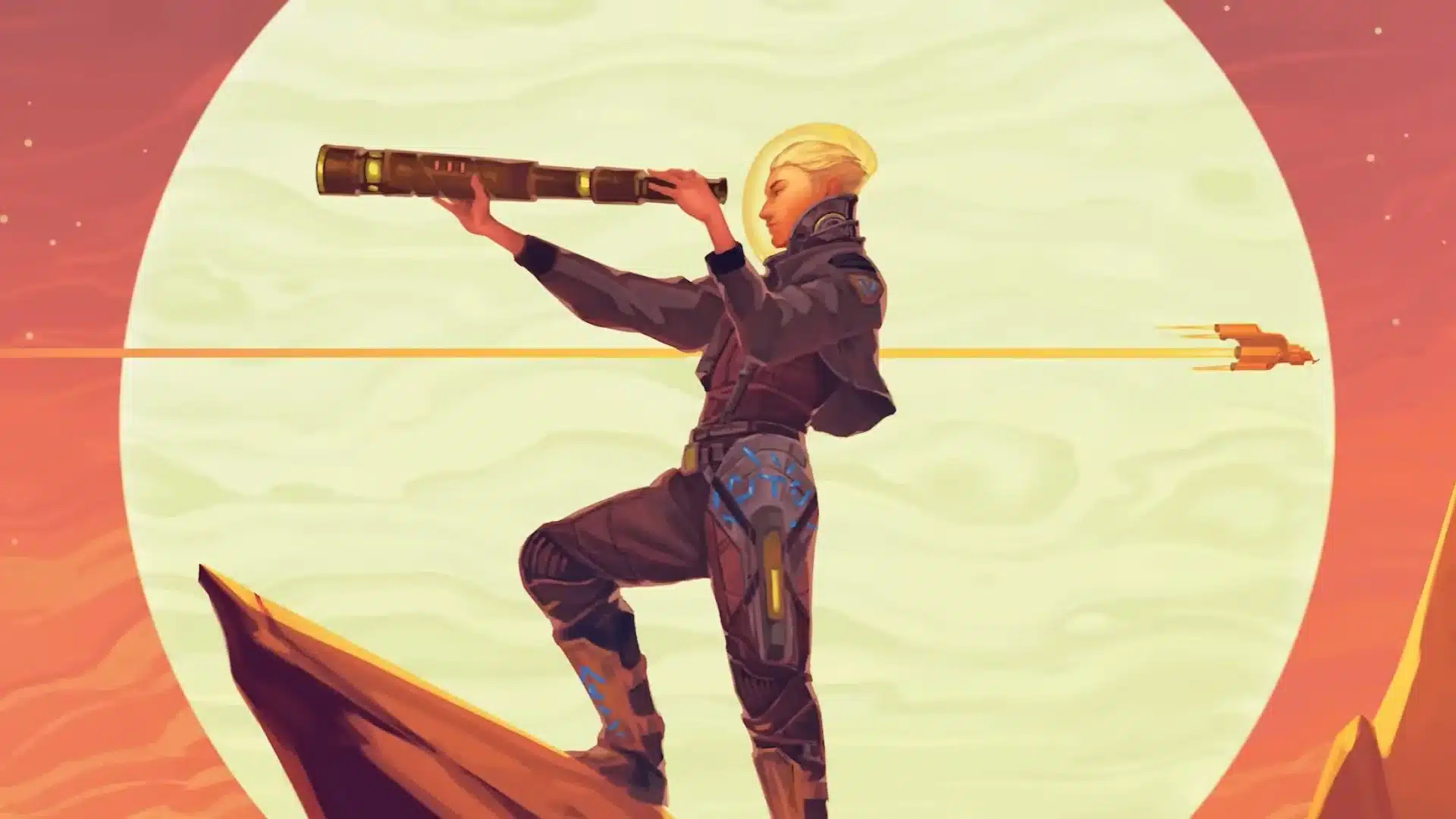You might not have noticed it, but Wizards of the Coast did something really interesting in the latest MTG set. For six of the new Edge of Eternities legendary creatures, multiple variants of the same character were included in the set. These variants were intended to show the characters at different points in their arcs and their accompanying mechanical evolution. While we’ve seen this idea used extensively in Universes Beyond, this is the first time an in-universe set has tried it out.
As with any significant move, this has sent ripples through the Magic: The Gathering community. This week, Wizards sought feedback on the feature via Blogatog and X to gauge the wind’s direction. Although the results were mixed, they leaned more heavily towards the negative side. It’s too early to say, of course, but if the chances of this idea coming back depend on the results of these questions, then it’s looking pretty unlikely right now.
The Issues With Edge Of Eternities’ Legendary Variants

On the whole, players were not a fan of Edge of Eternities having multiple legendary creature variants. There were countless complaints made across the two posts mentioned above, but many boil down to a few recurring points.
First of all, a lot of players just found the multiple variants confusing. Having to specify whether you’re referring to the “uncommon Sami” or the “mythic rare Sami” was a common complaint, and with good reason. This is already a problem that exists with recurring characters in MTG, but it’s often alleviated by only one or two variants actually being playable cards. With brand new legends, this is no longer the case.
This confusion isn’t helped by the fact that there isn’t much mechanical cohesion between the different variants. Uncommon Tannuk is a Landfall card, for example, while the mythic rare version cares about cheating big creatures into play. There’s nothing to help you establish a through line between these variants. This leaves them feeling like standalone cards, rather than steps in a single, coherent journey.
On top of this, many players felt that these variants actually hindered the set’s story, rather than helping it. Typically, important story characters in a set are reserved for high rarities. Having them at uncommon dilutes their narrative weight a bit, making them feel less important as a result.
Featuring multiple variants of the same character also made the world of the Edge feel small to a lot of players. If Wizards is repeating ideas already, how much can the new setting have to offer, after all? Combined with the promised reduction in total legendary creatures in the set, Edge of Eternities, ironically enough, feels less expansive than many prior expansions.
Attack The Block

Alongside the complaints, a lot of MTG players replying to Wizards’ questions noted how they’d like to see multiple legendary variants approached post-Edge of Eternities. In most cases, the answer was the same: return to the old block system.
Prior to 2018, Magic: The Gathering sets were released in blocks of two or three. These sets all took place on a single plane, which gave Wizards time to flesh out the story and characters of each one. Blocks used to feature multiple variants of the same legendary creature regularly, showing their progression across the story.
In this week’s discussion, a lot of players noted how this was a better way to handle things than attempting it within a single set. Many complained that the self-contained arcs in Edge of Eternities felt rushed, for example. This is a problem that the block structure solves by giving the story room to breathe. The overall arc of each character, which players often found confusing in Edge, is clearer with more space between each card.
Unfortunately, it’s very unlikely that we’ll see blocks again any time soon. Wizards moved away from the format because later sets in blocks tended to deliver weaker sales than early ones. This stance was reaffirmed in a Blogatog post last year, and we haven’t heard anything more since. Unless something major changes, this self-contained approach may be Wizards’ best compromise for now.
A common alternative suggestion was to use flip cards to represent character growth. This is an interesting option, and one that has worked well for Universes Beyond recently. Therein lies the problem, however: with pretty much every Universes Beyond set using flip cards, the space for it in regular sets goes down. For logistical reasons, this is likely not a valid option.
On The Flip Side

Not everyone was so down on the Edge of Eternities legendary variants, mind you. There was a good amount of positive sentiment in the comments too, and praise for what the idea brings to the table.
For example, many players liked how it gave the new characters more chance of seeing play. If a player likes the character of Alpharael, for example, they now have two versions to enjoy instead of one. This applies largely to Limited, where uncommon versions ensure the characters show up much more in general. It’s also valid for formats like Commander, since it gives two playable options that could catch on.
The other thing players praised frequently was the way these legends flip the script in terms of MTG character progression. Typically, character growth is shown by the addition of colors to a character’s identity. Here, however, it’s shown through their removal. This is an interesting inversion, and while it’s not necessarily tied to the Edge of Eternities approach, it does become much more obvious when the cards are released simultaneously.
On a simpler note, players also just appreciated how this idea served as another in-set narrative outlet. With the relentless march of Universes Beyond, the in-universe Magic story is more important than ever. This helps improve that situation, even if just a little bit.
Ultimately, it’s unclear whether Wizards will try this approach again in the future. The fact that it asked for feedback on multiple social media platforms implies that the decision will, at least in part, come down to what players have said here today. If that’s the case, I can’t see them returning to this well any time soon.
Stick with us here at mtgrocks.com: the best site for Magic: The Gathering coverage!
